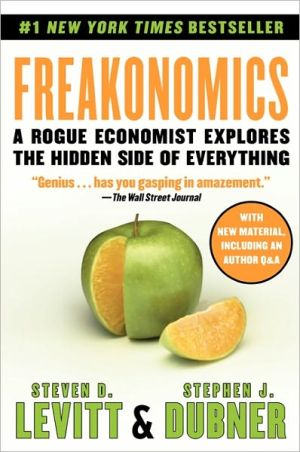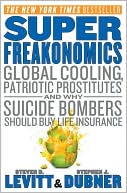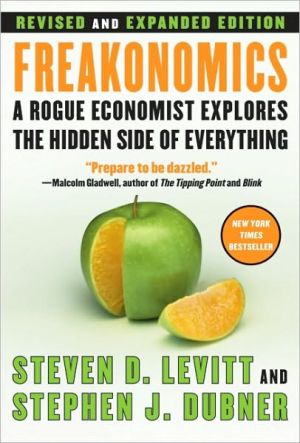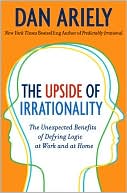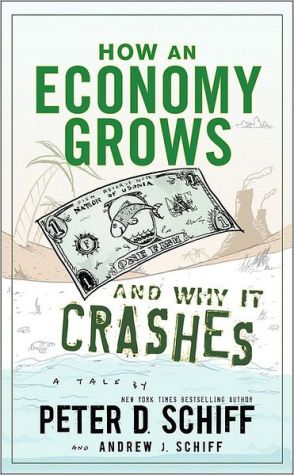Agent-Based Modeling: The Santa Fe Institute Artificial Stock Market Model Revisited
This book reconciles the existence of technical trading with the Efficient Market Hypothesis. By analyzing a well-known agent-based model, the Santa Fe Institute Artificial Sk Market (SFI-ASM), it finds that when selective forces are weak, financial evolution cannot guarantee that only the fittest trading rules will survive. Its main contribution lies in the application of standard results from population genetics which have widely been neglected in the agent-based community.
Search in google:
This book reconciles the existence of technical trading with the Efficient Market Hypothesis. By analyzing a well-known agent-based model, the Santa Fe Institute Artificial Stock Market (SFI-ASM), it finds that when selective forces are weak, financial evolution cannot guarantee that only the fittest trading rules will survive. Its main contribution lies in the application of standard results from population genetics which have widely been neglected in the agent-based community.
Agent-Based Modeling in EconomicsIntroduction 3The Rationale for Agent-Based Modeling 5Introduction 5The Representative Agent Modeling Approach 7Avoiding the Lucas-Critique 8Building Walrasian General Equilibrium Models 9Representative Agents and the Fallacy of Composition 10Expectation Formation in Markets with Heterogeneous Investors 11Rational Expectations and Disequilibrium Dynamics 13The Economy as an Evolving Complex Adaptive System 14Some Methodological Aspects of Agent-Based Simulations 16The Concept of Minimal Rationality 19Introduction 19Economic, Bounded, and Situational Rationality 21Situational Analysis, Minimal Rationality, and the Prime Directive 24Minimal Rationality and the Phillips-Curve 26Learning in Economics 29Introduction 29Definitions of Learning 29Rationality-Based Learning Models 31Biologically Inspired Learning Models 32Learning Through Replicator Dynamics 34Learning Through Genetic Algorithms 36Learning ThroughClassifier Systems 46Replicating the Stylized Facts of Financial Markets 51Efficient Markets and the Efficient Market Hypothesis 51Definitions 51Random Walks or Martingales? 53Tests for Market Efficiency 55Stylized Facts of Financial Markets 56Non-Normal Return Distributions 56Volatility Clustering of Returns 60High and Persistent Trading Volume 64Existence of Technical Trading 65Alternative Market Hypotheses 70The Fractal Market Hypothesis 70The Coherent Market Hypothesis 71The Adaptive Market Hypothesis 72The Interacting-Agent Hypothesis 75Agent-Based Computational Models of Financial Markets 75Allocative Efficiency with Zero-Intelligence Traders 76Models with a Random Communication Structure 79Models of Chartist-Fundamentalist Interactions 83Many-Strategy Models with Learning 85The Santa Fe Institute Artificial Stock Market Model RevisitedThe Original Santa Fe Institute Artificial Stock Market 91Introduction 91The Marimon-Sargent Hypothesis and the SFI-ASM 92An Overview of SFI-ASM Versions 93The Basic Structure of the SFI-ASM 94Trading Rules and Expectation Formation 95Learning and Rule Evolution 99Other Programming Details and Initialization of Model Parameters 101The Homogeneous Rational Expectations Equilibrium 102The Marimon-Sargent Hypothesis Refined 103Simulation Results of the SFI-ASM 104Time Series Behavior 104Forecast Properties 106A Potential Problem: A Biased Mutation Operator 108A Suggested Modification to the SFI-ASM 113Introduction 113An Unbiased Mutation Operator 114Simulation Results with the Modified SFI-ASM 115Trading Bit Behavior 115Time Series Properties 118Robustness of the Zero-Bit Solution 121Stochastic versus Periodic Dividends and the Classifier System 121Dependence on Other Parameter Values 122Generalization or Consistent Trading Rules? 123An Analysis of Wealth Levels 127Introduction 127Wealth Levels in the SFI-ASM: An Economic(al) Explanation 128Previous Studies Based on Wealth Levels in the SFI-ASM 129Financial Markets Can Be at Sub-Optimal Equilibria 129Technical Trading as a Prisoner's Dilemma 131Wealth Levels in the SFI-ASM: Alternative Explanations 133Risk-Premium, Taxation, and Two Benchmark Wealth Levels 133Average Stock Holdings and Wealth Levels 135Activated Rules and Rule Selection 139A Verdict on Wealth Analysis in the SFI-ASM 145Selection, Genetic Drift, and Technical Trading 147Introduction 147Technical Trading and the Aggregate Bit Level 148The Zero-Bit Solution: Some Disturbing Evidence 150Random Genetic Drift in Genetic Algorithms 152The Neutralist-Selectionist Controversy 154Fitness Driven Selection or Genetic Drift? 157Selection or Genetic Drift in the Modified SFI-ASM? 157Selection or Genetic Drift in the Original SFI-ASM? 159Genetic Drift, Fitness Gradient, and Population Size 161The Effect of Mutation on Genetic Drift 162Genetic Drift, Mutation, and Crossover Only in SFI Agents 162Genetic Drift, Mutation, and Crossover Only in Bit-Neutral Agents 166An Equilibrium Analysis of Genetic Drift and Mutation 166A Final Assessment of the Two Mutation Operators 171Detection of Emergence of Technical Trading 172Predictability in the Price Series 172Trading Bits and Fitness Values 173Equilibrium Bit Frequencies and Bit Fixations 176An Evolutionary Perspective on Technical Trading 177Summary and Future Research 181Appendix 187Timing in the Stock Market 187Fundamental and Technical Trading Bits 189References 195Index 227

